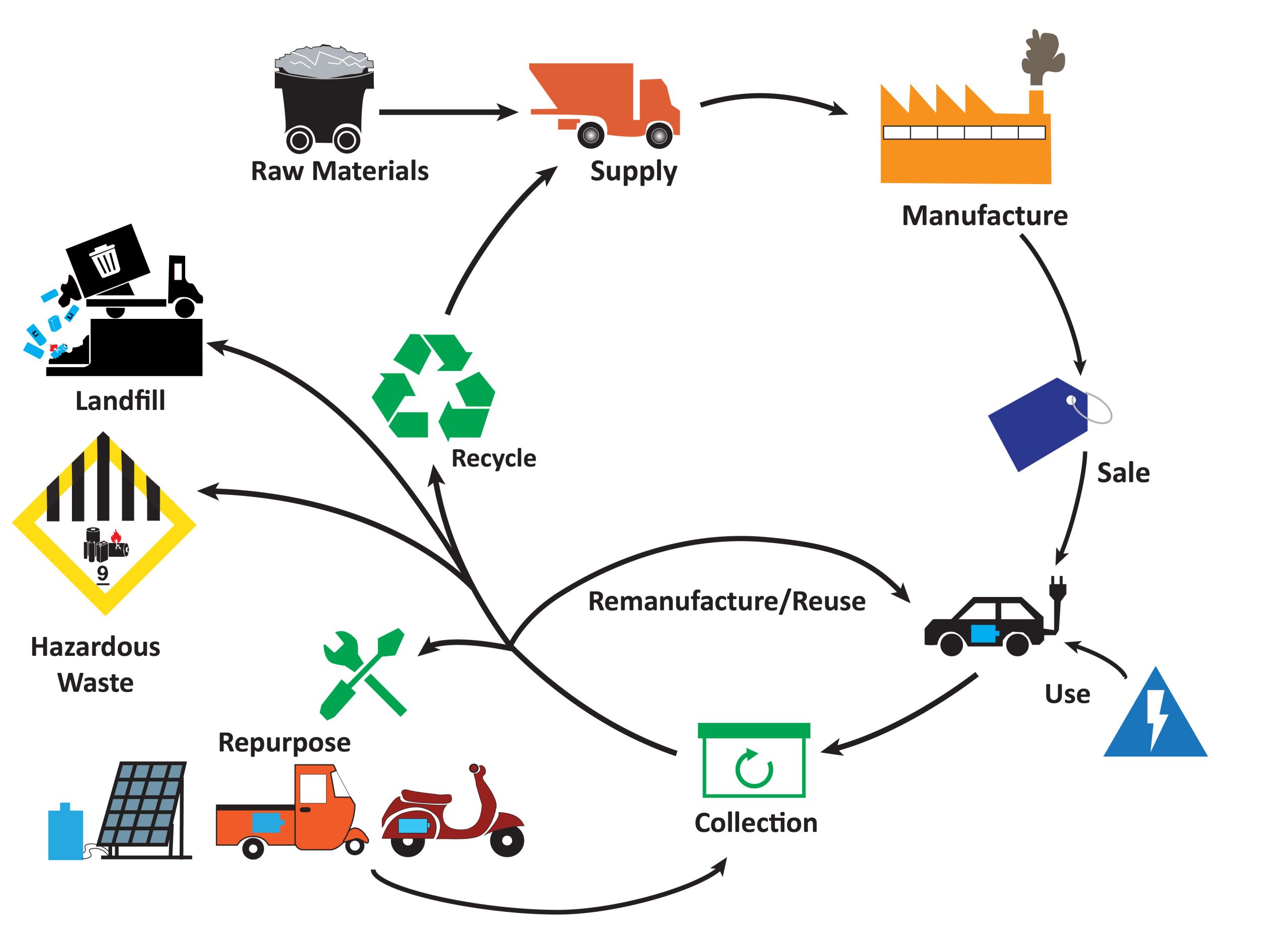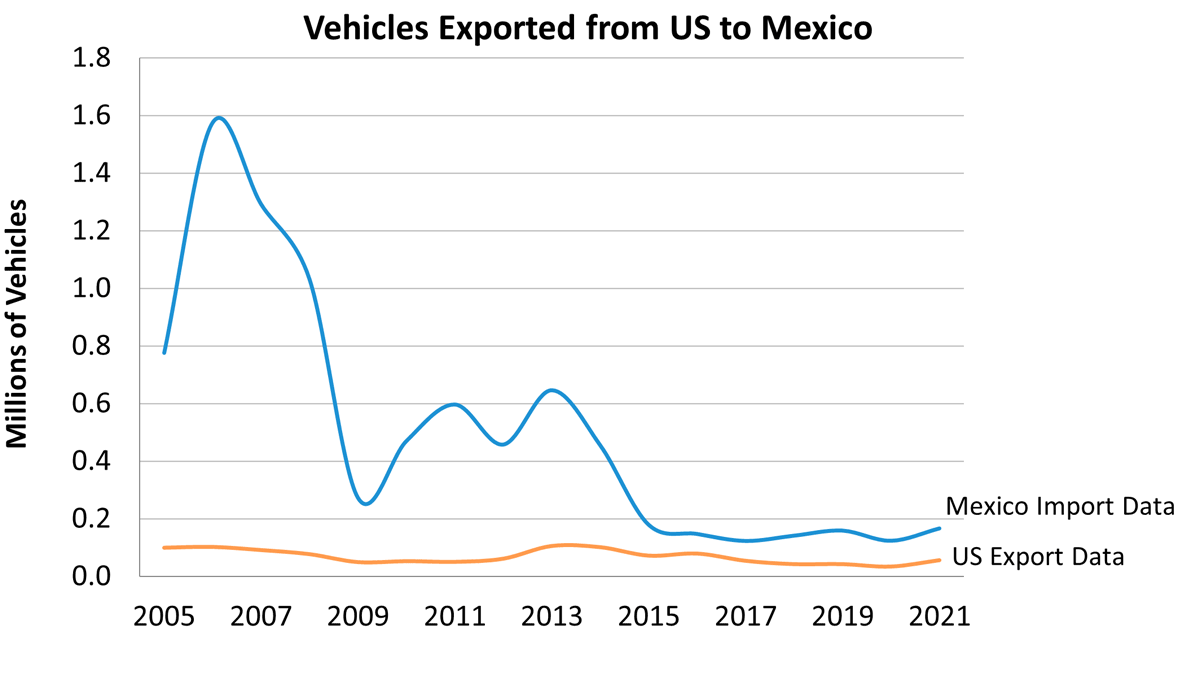Addressing the Impact of Lithium-ion Batteries on Low- and Middle-income Countries
The impacts of lithium-ion batteries on low- and middle-income countries are increasing as the global electric vehicle (EV) market continues to grow. The environmental and health burdens of production mainly affect countries that supply raw materials for EV batteries, while increasing exports of used EVs are going to poorer countries.
In the absence of strategic policies, the positive impacts of new EVs—such as decreased pollution and greenhouse gas emissions—could disproportionately benefit higher-income countries, while the negative impacts of second-hand EVs—such as battery disposal—could fall more on lower-income countries.
To shed light on this problem and outline possible policy solutions, researchers at ITS-Davis collaborated with the United Nations Environment Programme (UNEP) and produced a March 2023 report entitled Electric Vehicle Lithium-ion Batteries in Lower- and Middle-income Countries: Life Cycle Impacts and Issues. Alissa Kendall, lead author and UC Davis professor of Civil and Environmental Engineering highlighted the aims of the study:
“The exponential growth of new EV sales in regions like Europe and the US is exciting to see given the key role that vehicle electrification will play in decarbonizing the transport sector. Second-hand or used vehicles from high-income regions are important sources of lower-cost vehicles in many lower- and middle-income countries, so the rapidly changing fleets have implications for the vehicles available in these regions. Unlike engines and other powertrain components in gasoline and diesel vehicles, which can be repaired, EV batteries aren’t as repairable, and as they age, their capacity and power inevitably fade. We undertook this research to make a first estimate of the magnitude of internationally traded second-hand EVs in the coming decades, and then explored the potential impacts, risks, and benefits to lower- and middle-income countries.”
The report and Figure 1 describe the life-cycle of lithium-ion batteries (LIBs)—from mineral extraction, to use in original vehicles, to secondary use in 2- and 3-wheel vehicles and microgrids, and finally disposal and recycling of components.

Figure1. Life cycle of lithium-ion batteries in second-hand electric vehicle exports.
The impact of second-hand EVs and batteries in lower- and middle-income countries, and whether they provide a net benefit or impact, is a function of the EV battery state-of-health at the time of import, the potential for repairing or replacing the battery, the availability of charging infrastructure, and the energy resources (fossil-fuel or renewable) used to charge batteries.
The authors of the report conducted an extensive literature review, consulted with an expert in a major used-EV importing country (Sri Lanka), and analyzed data from multiple sources on EV sales, imports, and exports. This last endeavor revealed major discrepancies in vehicle numbers reported by paired exporting and importing countries, such as the US and Mexico shown below.

Figure 2. Second-hand vehicle export and import estimates, showing discrepancies in data from paired countries. The number of vehicles going from the US to Mexico surged when the North American Free Trade Agreement began, then fell when policies limiting imports went into effect.
Policy suggestions stemming from this research, include:
- Upon export, provide information on battery condition, technical information for safe repair and repurposing of batteries, and data on the movement of second-hand vehicles.
- Ensure that secondary parties other than battery and vehicle manufacturers have the right to repair batteries and EVs and have access to real-time information on battery condition.
- Create a harmonized reporting system for collecting data at the point of export and import.
- Institute export and import controls, such as minimal requirements for the state-of-health of batteries.
Such measures can help prevent second-hand EV and battery exports from becoming a least-cost disposal option for exporting markets, burdening rather than benefiting importing markets.
Seth Karten is a science writer at ITS-Davis.
Thank you for your interest in the UC Davis Institute of Transportation Studies. Subscribe today to keep up with the latest ITS news and happenings.
